For those melt-in-your-mouth, pillow-like cookies, using cake flour for cookies really takes..the..cake! Perfect for thick bakery style cookies, reducing spread in the oven, and allows for even browning.

If you're not ready to commit to purchasing cake flour on its own, you can make your own at home with ingredients you likely already have.
For store-bought cake flour, I love the Swans Down brand. Always reliable and delicious.
When baking cookies the type of flour you use can influence the final product. Cakey, chewy, crunchy, or soft, discover how cake flour can transform the texture and taste of your cookies.
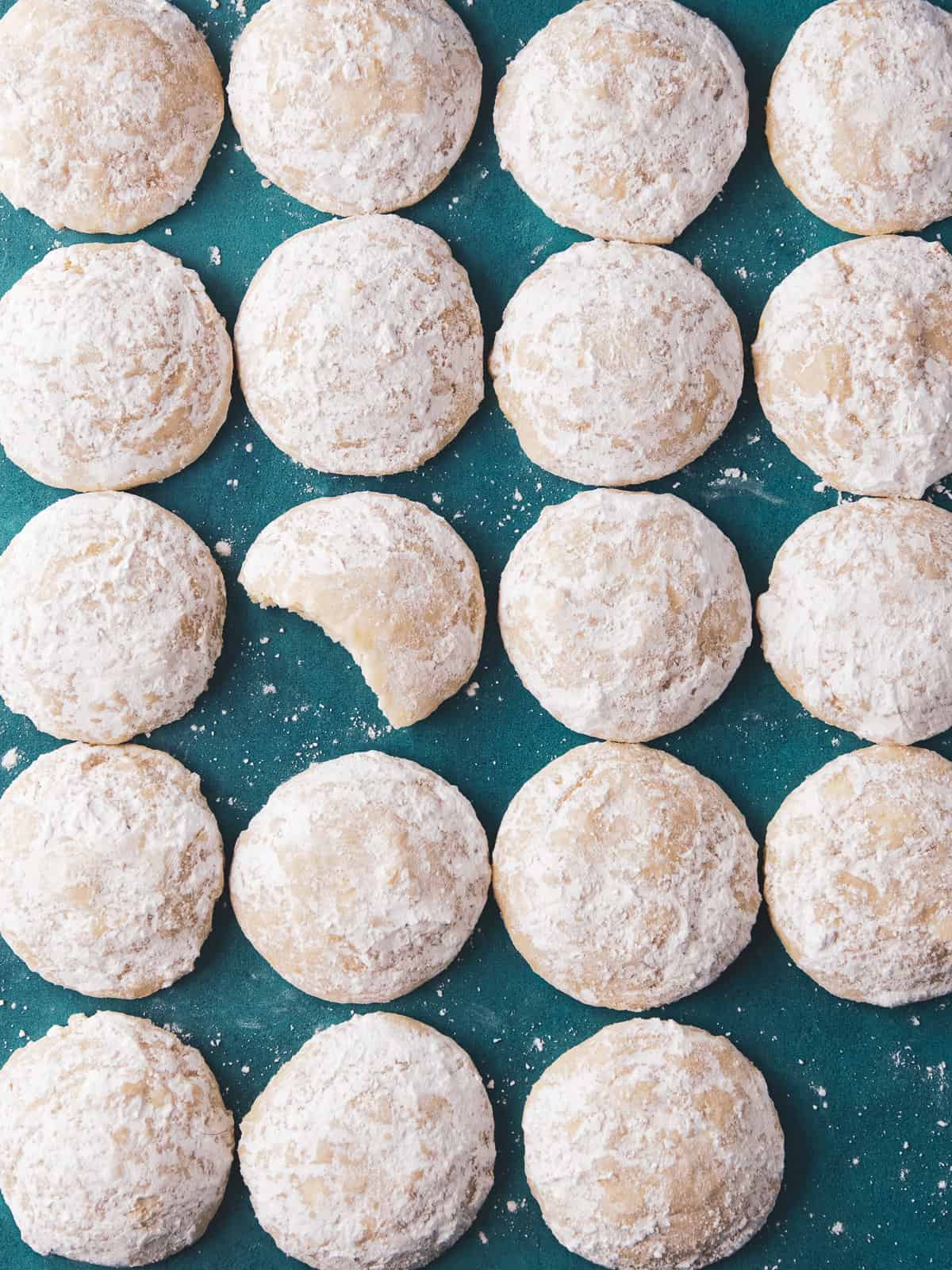
Jump to:
Understanding Cake Flour
Before diving into the specifics, it's necessary to understand what cake flour is and how it's different from other flours.
Cake flour is a special kind of flour that has less "strength" (or protein) compared to regular flour, which means your cookies will be soft, not tough or chewy. Think of it like a softer version of flour. Because it's softer and lighter, baked goods made with cake flour are often more tender and fluffy than those made with regular flour.
Important Ingredients
- All-purpose flour
- Cornstarch
See the recipe below for the full list of ingredients and quantities.
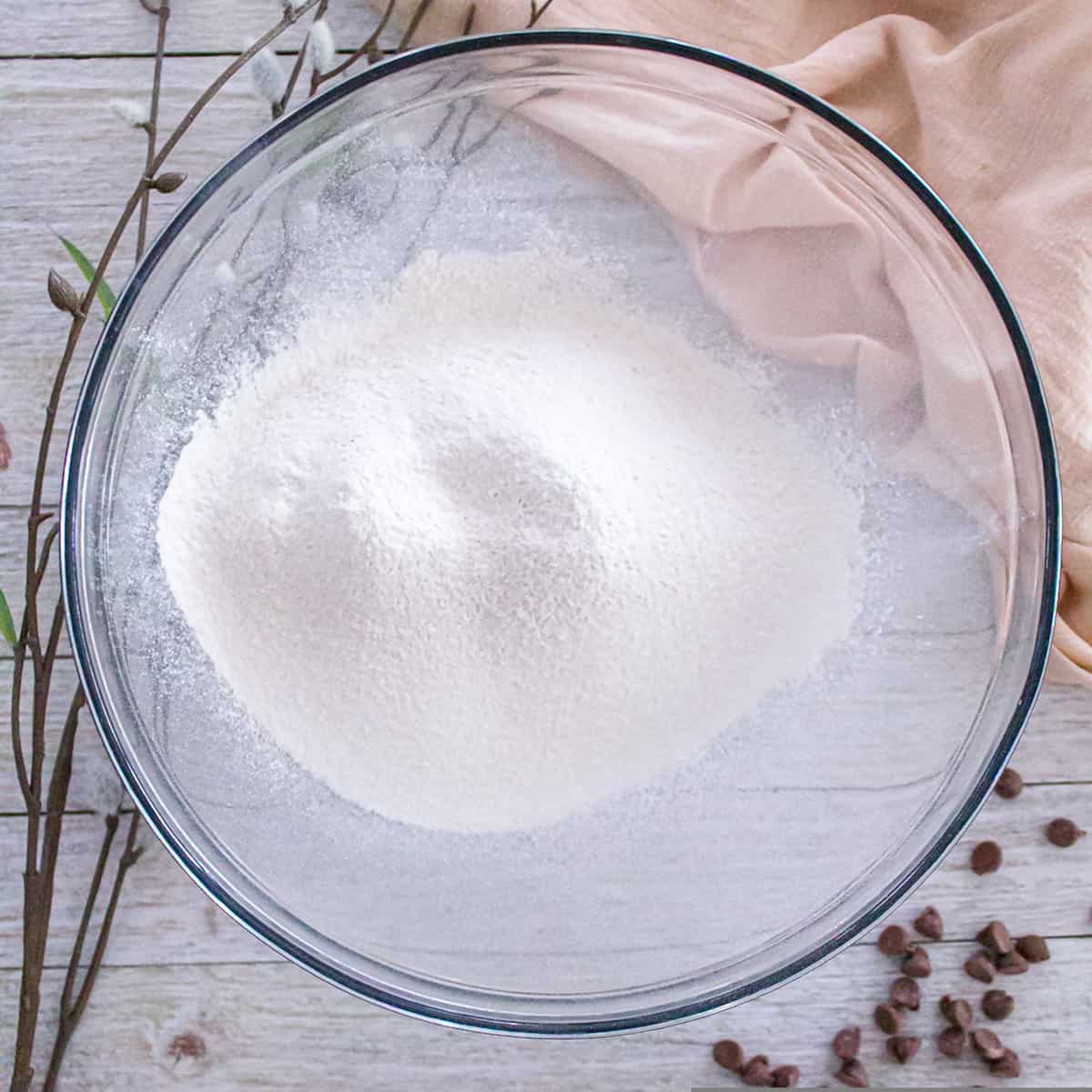
Instructions for making homemade cake flour
Step 1 Measure Out Flour: Start by measuring out 2 cups of all-purpose flour. Pour them into a mixing bowl.
Step 2 Remove 4 Tablespoons: Remove 4 tablespoons of the all-purpose flour from the 2 cups you just poured. You can put these tablespoons back into your flour container or set aside for another use.
Step 3 Add Cornstarch: For every 2 tablespoons of flour you removed, add 2 tablespoons of cornstarch. So, for this recipe, add 4 tablespoons of cornstarch to the bowl.
Step 4 Whisk Together: Use a whisk or a fork to mix the all-purpose flour and cornstarch together until they're really well combined. You want the cornstarch to be evenly distributed throughout the flour.
Level Up with a Top Tip!
Sift: For an extra fine texture, sift the mixture once or twice. This will ensure that the two ingredients are perfectly mixed and that your homemade cake flour is lump-free.

Benefits of using cake flour in cookies
You might wonder why one would opt for cake flour in cookies. This section reveals the advantages cake flour brings to cookies.
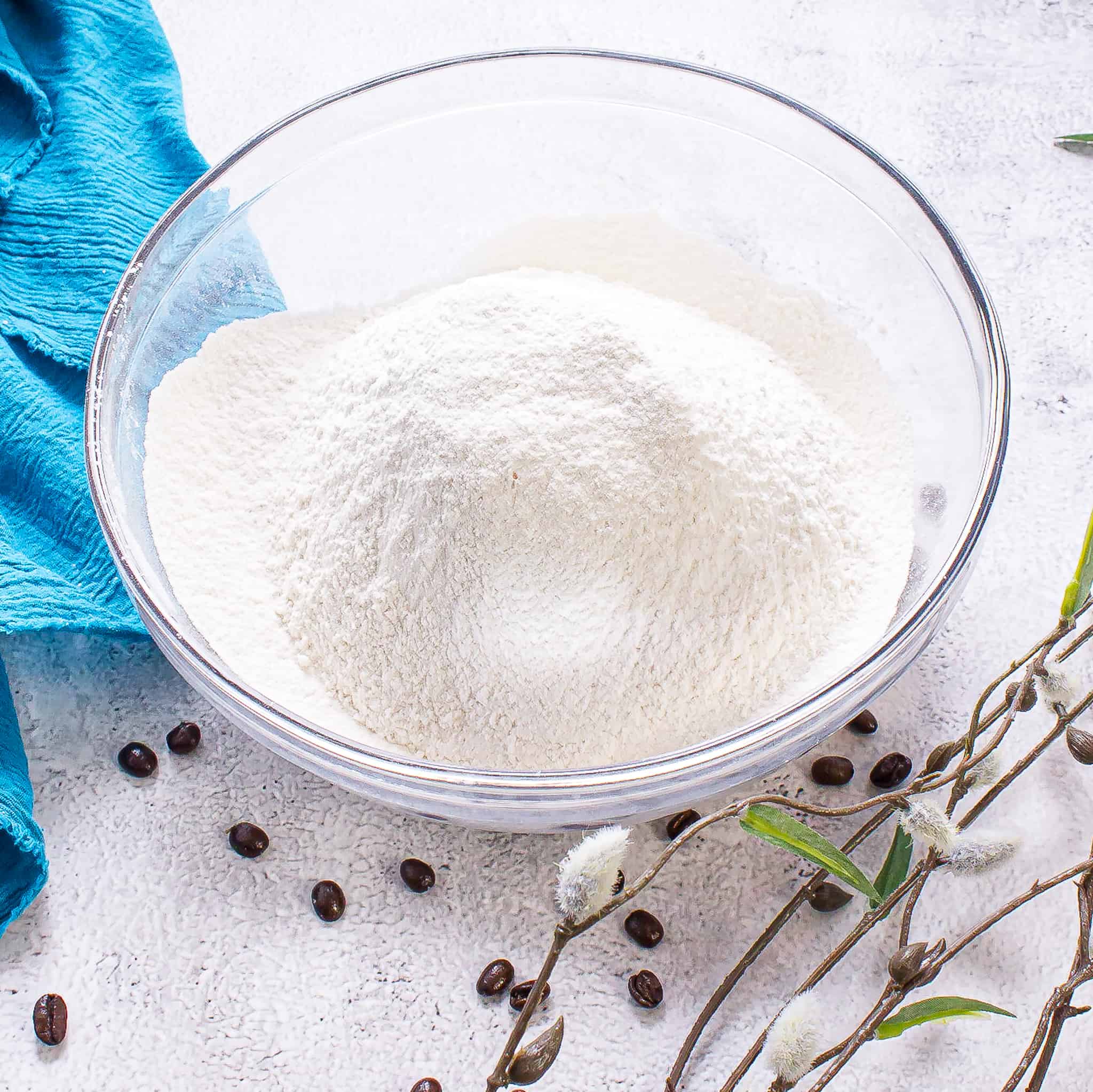
Tenderness:
Cookies made with cake flour are described as tender, and there's a definite science behind this delightful texture. The primary factor lies in the protein content.
- Protein and Gluten: Cake flour has a lower protein content than all-purpose flour — typically around 7-8% compared to 10-12%. When you mix the dough and it gets wet, these proteins combine to form gluten. The higher the protein content, the more gluten is formed, resulting in a chewier, denser texture. Because cake flour has less protein, it forms less gluten, resulting in a more tender cookie.
- Fineness: Cake flour is milled more finely than all-purpose flour. This finer texture contributes to the tenderness. Avoid overworking the mixture so you don't overdevelop the gluten strands.
Softness:
The softness of a cookie can be likened to biting into a cloud. It's that pillowy texture that many cookie lovers crave (myself included!), and cake flour plays a huge part.
- Absorption: Cake flour has the ability to absorb more liquid than all-purpose flour. This means the moisture in the cookie dough is retained more effectively. As a result, cookies baked with cake flour tend to stay moist and soft.
- Reduced Gluten: As mentioned above, the reduced gluten formation due to the lower protein content of cake flour also plays a role in softness. Less gluten equates to less chewiness, ensuring a softer bite.
Uniformity:
There's something satisfying about seeing a batch of cookies with uniform size, shape, and color. Cake flour plays a subtle but vital role in achieving this.
- Even Spread: The fine milling of cake flour and its ability to absorb moisture means the cookie dough spreads more evenly during baking. This ensures that each cookie has a consistent size and shape.
- Browning: With a uniform spread and moisture retention, cake flour also ensures even browning. The fine particles of cake flour allow for an even distribution of fat and sugar, leading to consistent caramelization and a uniform color across the cookie.
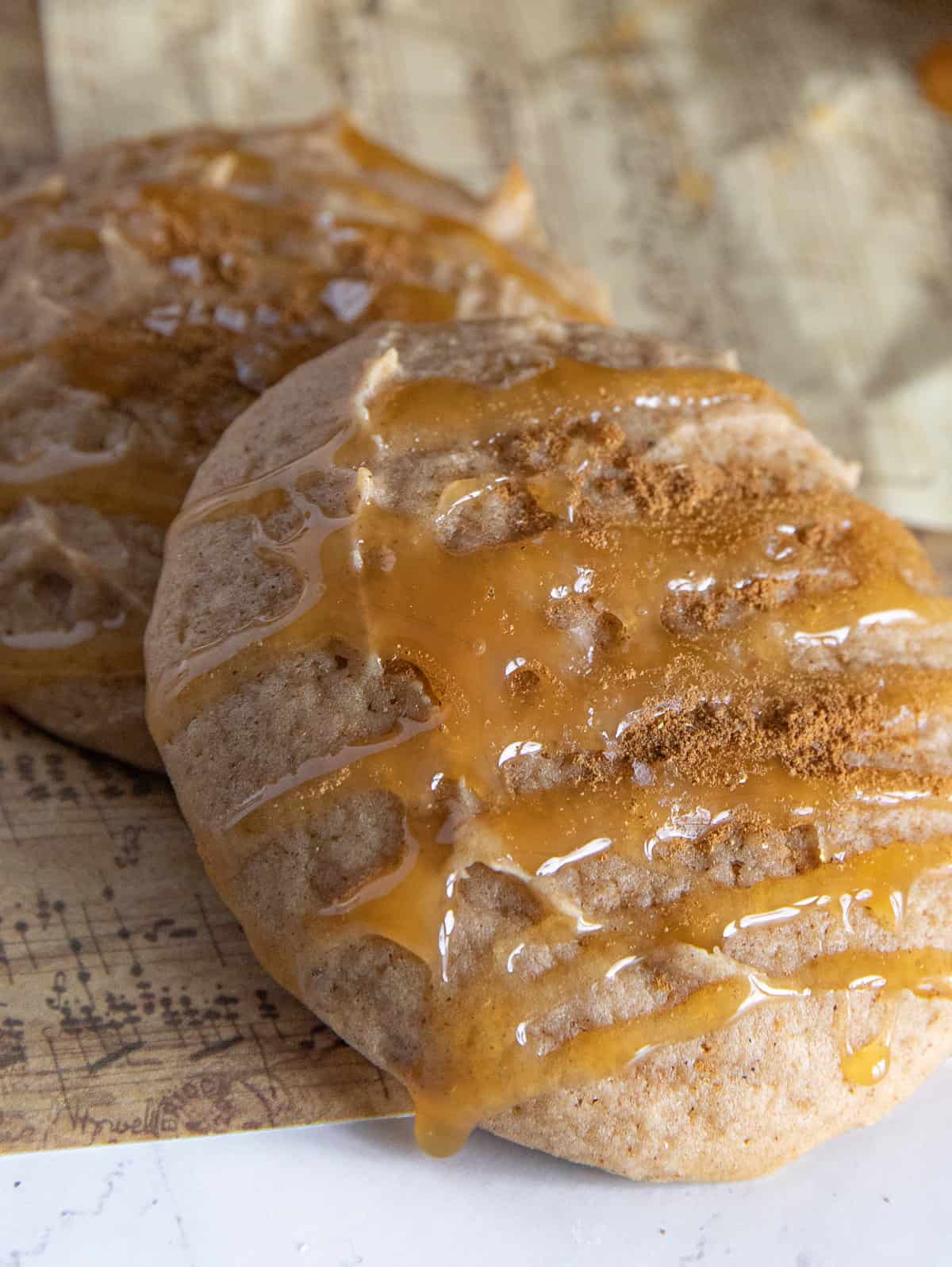
Level Up With Expert Tips & Tricks
Storage: Store your homemade cake flour in an airtight container in a cool, dry place. Use it just as you would store-bought cake flour or all-purpose flour in recipes.
Cookie Thickness: If you prefer thicker, softer cookies, cake flour can be a game-changer. Its properties can give you that soft, pillow-like texture you see in bakery style or thicker cookies.
Experiment with Proportions: You don't always have to go 100% cake flour. Sometimes, a blend of half cake flour and half all-purpose flour gives you the perfect balance between tenderness and structure. My Apple Cider Cookies mix half and half.
Complement with Other Ingredients: Ingredients like sour cream or yogurt, which add moisture and tenderness, work well with cake flour.
Chill the Dough: To further ensure softness and prevent spreading, consider chilling the cookie dough for at least an hour before baking. Trust me, it's worth the wait.
Recipe FAQs
Using cake flour can make cookies softer, tender, and with a finer crumb. If you prefer a delicate, melt-in-your-mouth cookie texture, cake flour might be your best choice.
Yes, in most recipes, you can substitute cake flour for all-purpose flour in a 1:1 ratio. However, because cake flour can absorb more moisture, you might sometimes need to adjust the liquid in your recipe slightly.
Cake flour won't drastically change the flavor of your cookies, but it can alter the texture. Cookies made with cake flour might taste lighter and more delicate.
While you can use cake flour in most cookie recipes, remember that it will make the cookies softer and more delicate. If a recipe calls for a crunchy or very chewy cookie, sticking to all-purpose flour might be a better choice.
Cake flour and self-rising flour are not the same. Cake flour, made from soft wheat, has a low protein content and is used for tender baked goods, while self-rising flour contains leavening agents like baking powder and salt, making it ideal for recipes like biscuits and pancakes that need to rise. They aren't directly interchangeable in recipes without making other adjustments.
Pastry flour and cake flour are not the same, though both are made from soft wheat. Cake flour has a protein content of around 6-8% and is ideal for delicate cakes, while pastry flour has slightly more protein at 8-9%, making it great for pie crusts and cookies. They're both softer than all-purpose flour but serve different baking purposes.
Cake Flour Cookies!
Try these cookies made with cake flour:
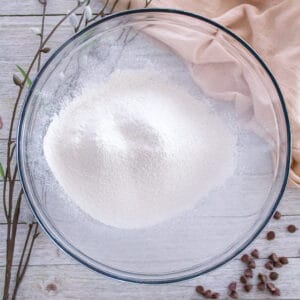
Homemade Cake Flour
Equipment
- Mixing Bowl
- Whisk
- Measuring Spoon tablespoon
Ingredients
- 2 cups All purpose flour
- 4 tablespoons Cornstarch
Instructions
- Start by measuring out 2 cups of all-purpose flour. Pour them into a mixing bowl.
- Remove 4 tablespoons of the all-purpose flour from the 2 cups you just poured. You can put these tablespoons back into your flour container or set aside for another use.
- For every 2 tablespoons of flour you removed, add 2 tablespoons of cornstarch. So, for this recipe, add 4 tablespoons of cornstarch to the bowl.
- Use a whisk or a fork to mix the all-purpose flour and cornstarch together until they're really well combined. You want the cornstarch to be evenly distributed throughout the flour.
- For an extra fine texture, sift the mixture once or twice. This will ensure that the two ingredients are perfectly mixed and that your homemade cake flour is lump-free.



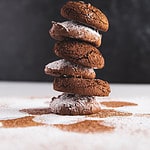


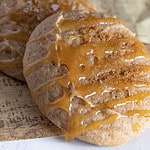
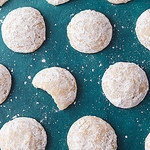

Leave a Reply